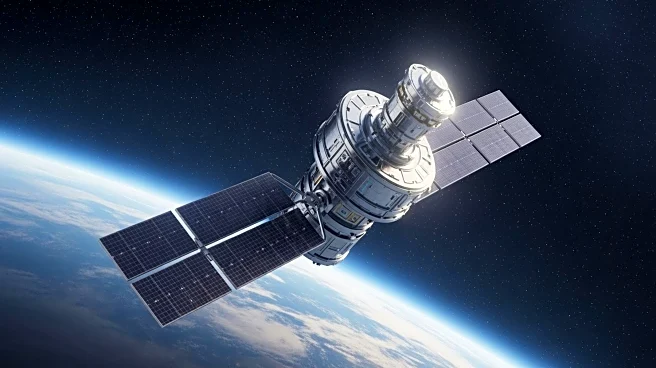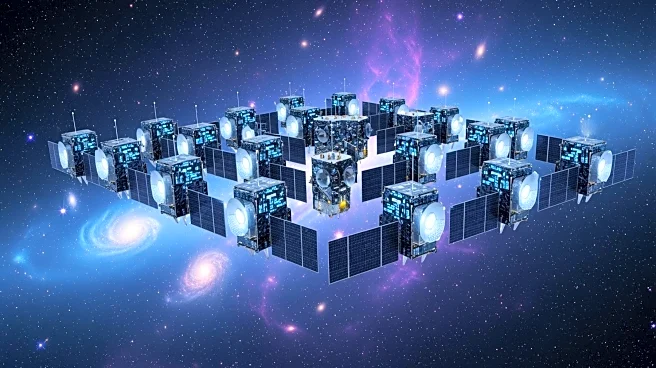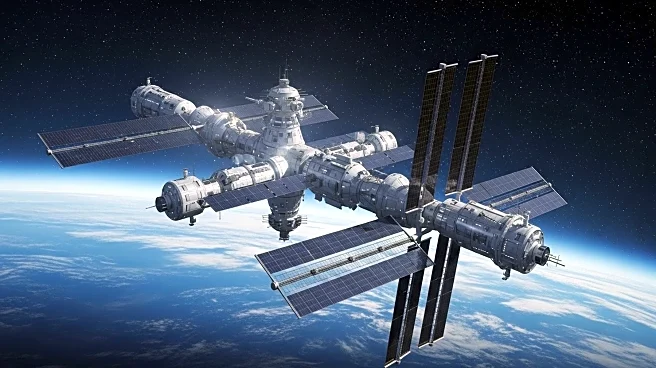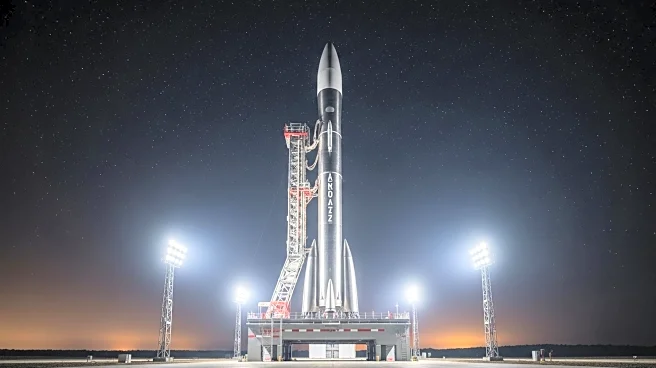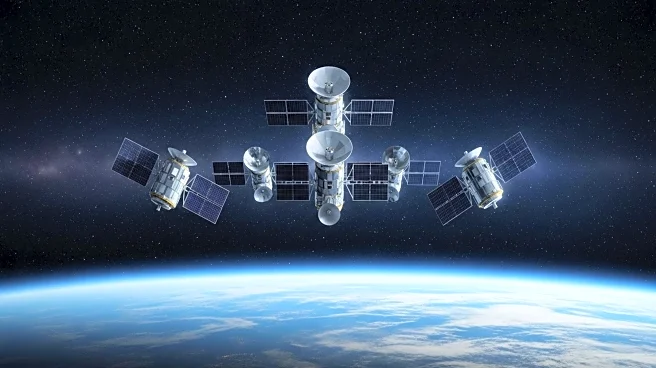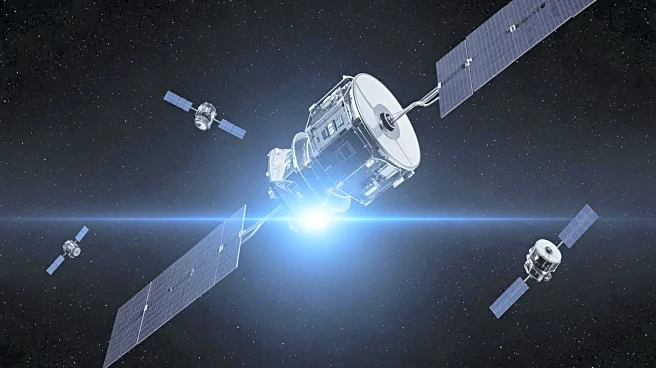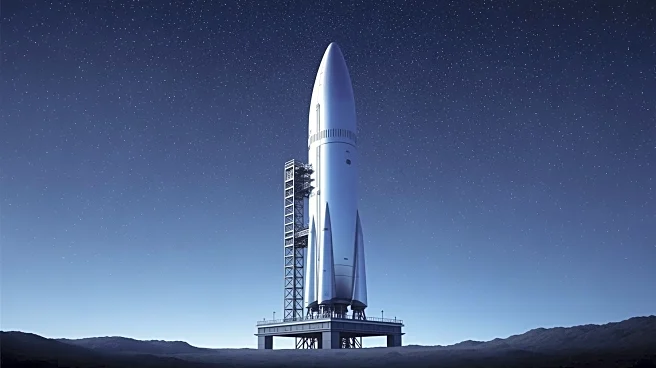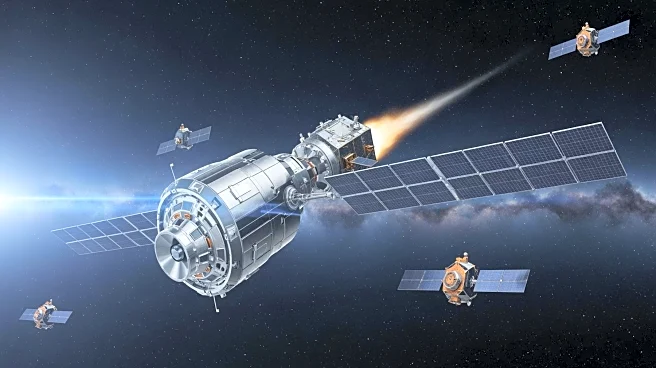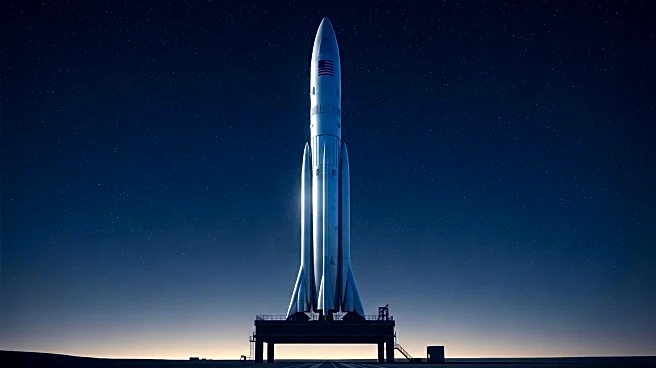What's Happening?
China's Long March rocket series marked a significant milestone with its 600th launch, deploying a batch of satellites for the Guowang broadband network. The launch took place on October 15, 2025, from
the Wenchang Space Launch Center on Hainan Island. The Long March 8A rocket successfully carried the satellites into orbit, continuing the legacy of the Long March series, which began with its first launch in 1970. Over the years, China has developed more than 20 types of Long March rockets, with 16 currently active. The launch cadence has accelerated, with the most recent 100 launches completed in just one year and ten months. The Long March rockets boast a success rate of approximately 97%, according to China Daily.
Why It's Important?
The achievement of 600 launches by the Long March rocket series underscores China's growing capabilities in space technology and its commitment to expanding its presence in low Earth orbit. The Guowang broadband network, which aims to deploy around 13,000 satellites, represents China's ambition to enhance global internet connectivity and compete with other megaconstellations like SpaceX's Starlink. This development could have significant implications for global telecommunications, potentially increasing competition and driving innovation in satellite internet services. The rapid pace of launches also highlights China's strategic focus on space exploration and technology, which could influence international space policy and collaboration.
What's Next?
China plans to continue expanding the Guowang broadband network, with more satellite launches expected in the coming months. As the network grows, it may lead to increased competition in the satellite internet market, challenging existing players like SpaceX and OneWeb. Additionally, China's advancements in space technology could prompt other nations to accelerate their own space programs, potentially leading to new partnerships or rivalries. The continued success of the Long March series may also encourage China to pursue more ambitious space missions, including lunar and interplanetary exploration.
Beyond the Headlines
The rapid development and deployment of satellite networks like Guowang raise questions about space traffic management and the sustainability of low Earth orbit. As more satellites are launched, concerns about space debris and collision risks increase, necessitating international cooperation on space governance. Furthermore, the expansion of satellite internet services could have cultural and economic impacts, particularly in remote and underserved regions, by providing greater access to information and communication technologies.
